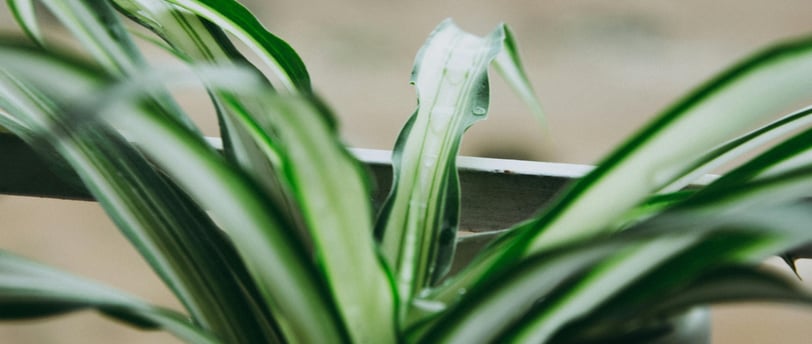Spider Plant: The Hardy and Easy-Care Indoor Plant
The Spider Plant is a wonderful indoor plant for beginners. It’s adaptable, attractive, and even purifies the air, making it an easy choice for a low-maintenance yet rewarding plant!
BeginnerPlant
11/1/20242 min read


The Spider Plant (Chlorophytum comosum) is one of the easiest and most rewarding plants for beginners. Known for its air-purifying qualities and unique “spider-like” offshoots, it’s an ideal indoor plant that’s resilient, fast-growing, and visually appealing.
Where Does the Spider Plant Come From?
Spider Plants are native to South Africa, where they grow in tropical and subtropical regions. They’re accustomed to moderate temperatures and indirect light, which makes them perfectly suited for life indoors.
What Kind of Pot Does the Spider Plant Need?
Spider Plants do best in pots with drainage holes, as they prefer soil that dries out a bit between waterings. A standard potting mix works fine for Spider Plants, and they don’t need a large pot since they don’t mind slightly cramped roots. As they grow, they’ll produce “babies” or offshoots that dangle down from the plant, making them look beautiful in a hanging pot or on a shelf
How Much Water Does It Need?
Spider Plants are low-maintenance when it comes to watering. Allow the soil to dry out partially before watering again, generally about once a week. Overwatering can lead to root rot, so it’s best to err on the side of less water. In winter, you can reduce watering as the plant’s growth slows.
Spider Plants can be sensitive to chemicals in tap water, which can cause the tips of their leaves to brown. If possible, use distilled or filtered water, or let tap water sit out overnight to allow chlorine to dissipate.
How Much Sunlight Does It Need?
Spider Plants thrive in bright, indirect light but are also quite tolerant of lower light conditions. They do well in rooms with natural light, like a kitchen or bathroom, but avoid placing them in direct sunlight, which can scorch their leaves.
If you’re noticing pale or slow growth, it may need more light, so try moving it closer to a window where it can get a bit more brightness.
Why It’s a Great Plant for Beginners
• Low-Maintenance: Spider Plants are easy to care for and don’t need much attention, making them ideal for busy or first-time plant parents.
• Adaptable: They can thrive in both low and bright light, making them a versatile option for nearly any room.
• Air-Purifying: Spider Plants are known to filter toxins from the air, which improves indoor air quality.
• Easily Propagated: The plant produces “babies” or “spiderettes” that can be cut and placed in water or soil to grow new plants.
Final Tips for Spider Plant Care
• Prune Regularly: Trim off any brown or damaged leaves to keep the plant looking fresh and healthy.
• Humidity: Although Spider Plants are not too fussy about humidity, they do enjoy a slightly humid environment, so occasional misting can be beneficial.
• Repotting: Spider Plants grow quickly and may need to be repotted every year or two, especially if their roots become overcrowded.
BeginnerPlants
Your guide to indoor and outdoor plant care.
© 2024. All rights reserved.
